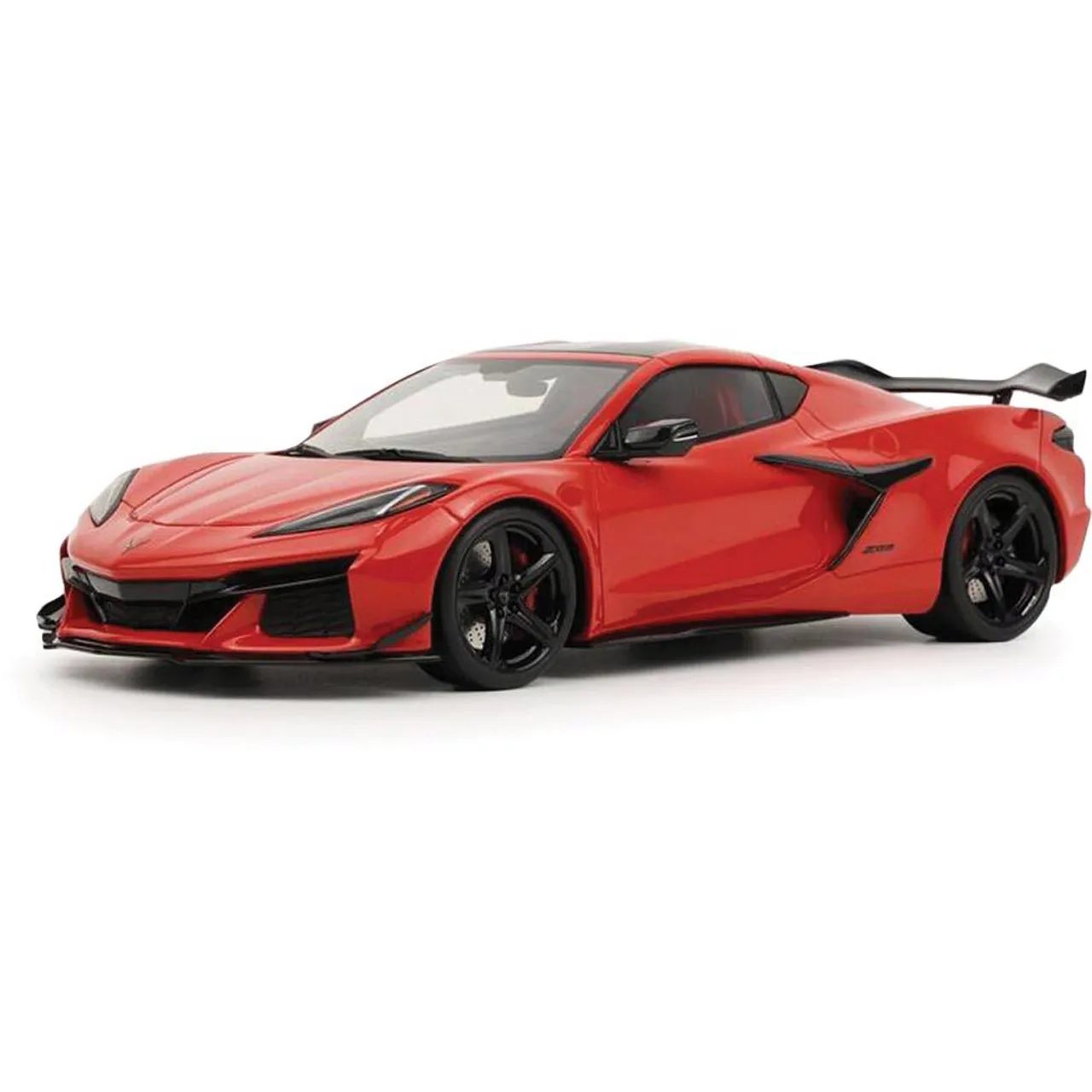Diecast model cars are miniature replicas of real-life automobiles, meticulously crafted to capture the details and essence of their full-sized counterparts. These collectibles have captivated enthusiasts of all ages, serving as both cherished toys and valuable investments. Understanding the journey of how diecast model cars are made offers a fascinating glimpse into the intricate processes that bring these miniature marvels to life.
What are Diecast Model Cars?
Diecast model cars are primarily made using a process called die-casting, where molten metal is injected into molds to create the car’s body and other components. These models range in scale, with popular sizes including 1:18, 1:24, and 1:43, among others. They are celebrated for their accuracy, detailing, and durability, making them highly sought-after by collectors and hobbyists. The appeal of diecast model cars lies not only in their aesthetic value but also in the nostalgia and emotional connection they evoke, representing iconic vehicles from various eras.
The History of Diecast Model Cars
The origins of diecast model cars can be traced back to the early 20th century, with the first models emerging around the 1900s. Initially, these toys were made from materials like tin and lead. However, the development of die-casting technology revolutionized their production. The post-World War II era witnessed a surge in popularity, as manufacturers began producing more detailed and accurate models. Brands like Dinky Toys, Corgi Toys, and Matchbox became household names, and the hobby of collecting these miniatures flourished. These early models paved the way for the sophisticated collectibles we see today, marking a rich history of innovation and craftsmanship.
Materials Used in Diecast Model Car Production
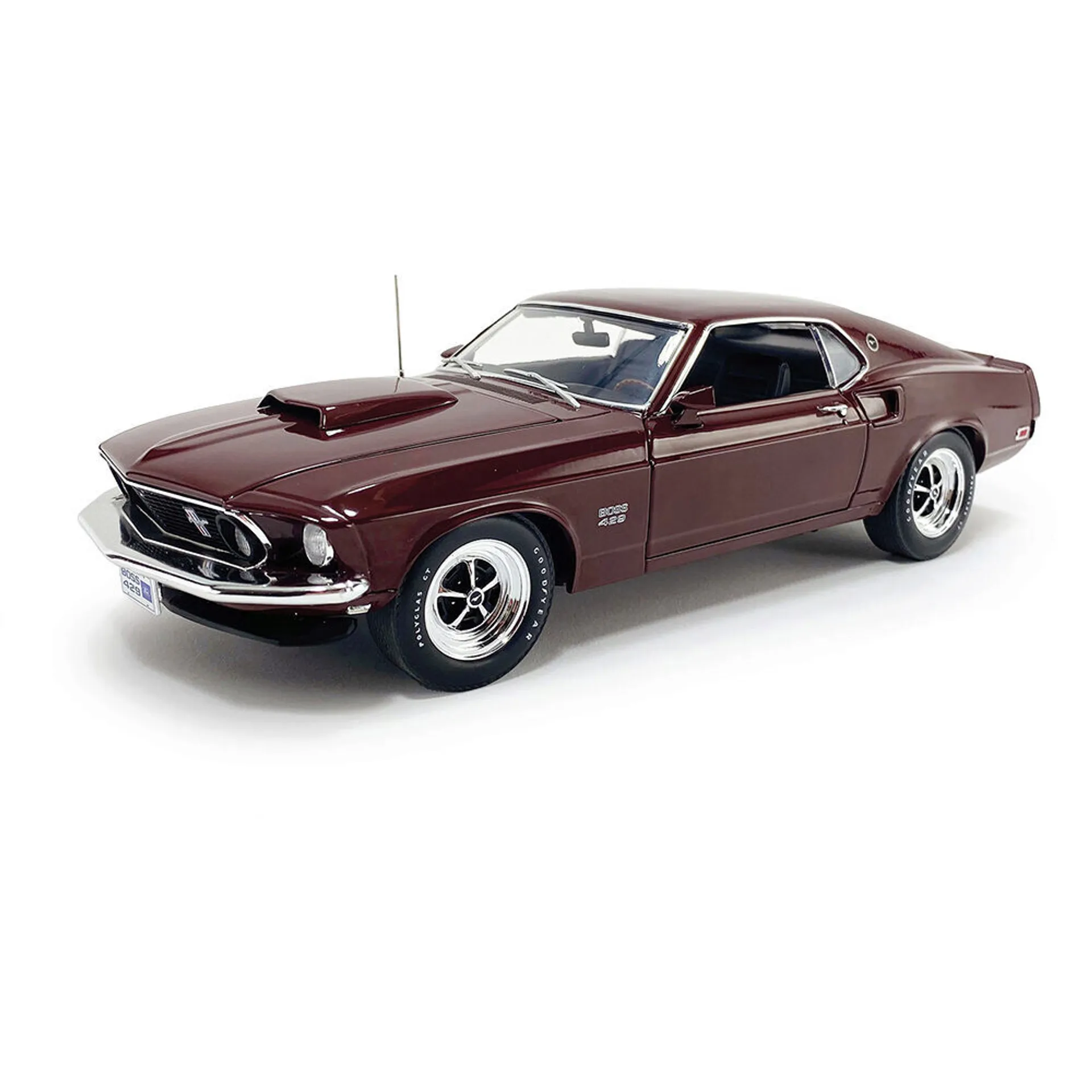
The production of diecast model cars involves a variety of materials, each chosen for specific properties such as strength, detail retention, and aesthetic appeal. The primary material is a metal alloy, commonly zinc alloy, which is ideal for die-casting. Additionally, plastics, rubber, and other components are used for interior details, tires, and other non-metal parts. The combination of these materials allows manufacturers to create highly detailed and accurate models.
Metal Alloy Composition
The metal alloy used in diecast model cars, often referred to as Zamak (zinc, aluminum, magnesium, and copper), is crucial to the die-casting process. Zinc provides excellent castability, allowing for intricate designs and fine details. Aluminum adds strength and reduces weight, while magnesium and copper improve the alloy’s durability and mechanical properties. This precise blend ensures that the model cars can withstand handling and maintain their structural integrity over time.
Plastics and Other Components
In addition to the metal alloy, plastics play a significant role in the construction of diecast model cars. Interior components, such as dashboards, seats, and steering wheels, are often made from plastic for their flexibility and ability to be molded into complex shapes. Rubber is commonly used for tires, offering a realistic appearance and tactile feel. Other materials, such as clear plastic for windows and various paints and adhesives, contribute to the overall realism and finishing touches of the models. The variety of materials contributes to the realism.
The Die-Casting Process
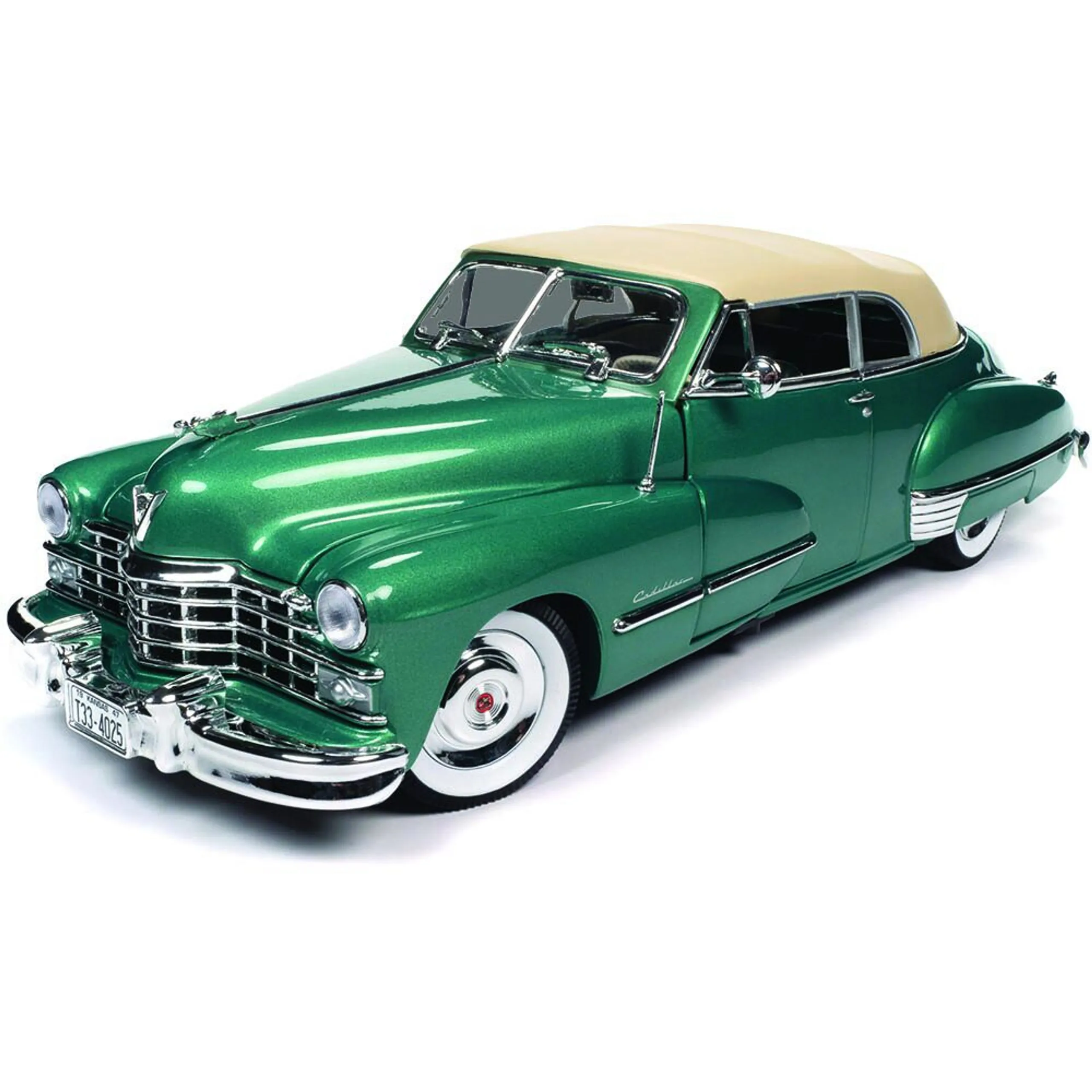
Die-casting is a high-pressure process that forms the basis of diecast model car production. It involves injecting molten metal into reusable molds (dies) under high pressure. This process allows for the creation of intricate shapes and fine details that would be impossible to achieve through other methods. The accuracy and precision of die-casting are critical to the quality and realism of the final product.
Creating the Dies
Creating the dies is a highly specialized process. Engineers and toolmakers design and machine the molds with extreme precision, ensuring that every detail of the car’s body and components is accurately represented. These dies are typically made from hardened steel to withstand the high pressures and temperatures involved in die-casting. The design phase includes meticulous planning to account for material shrinkage, parting lines, and the overall functionality of the mold.
Melting and Injecting the Metal
Once the dies are ready, the metal alloy is melted to its liquid state. The molten metal is then injected into the die under high pressure, typically ranging from 1,500 to 3,000 psi. This pressure forces the metal into every crevice of the mold, capturing the intricate details of the car’s design. The speed and precision of the injection process are crucial to achieving a high-quality casting.
Cooling and Ejecting the Castings
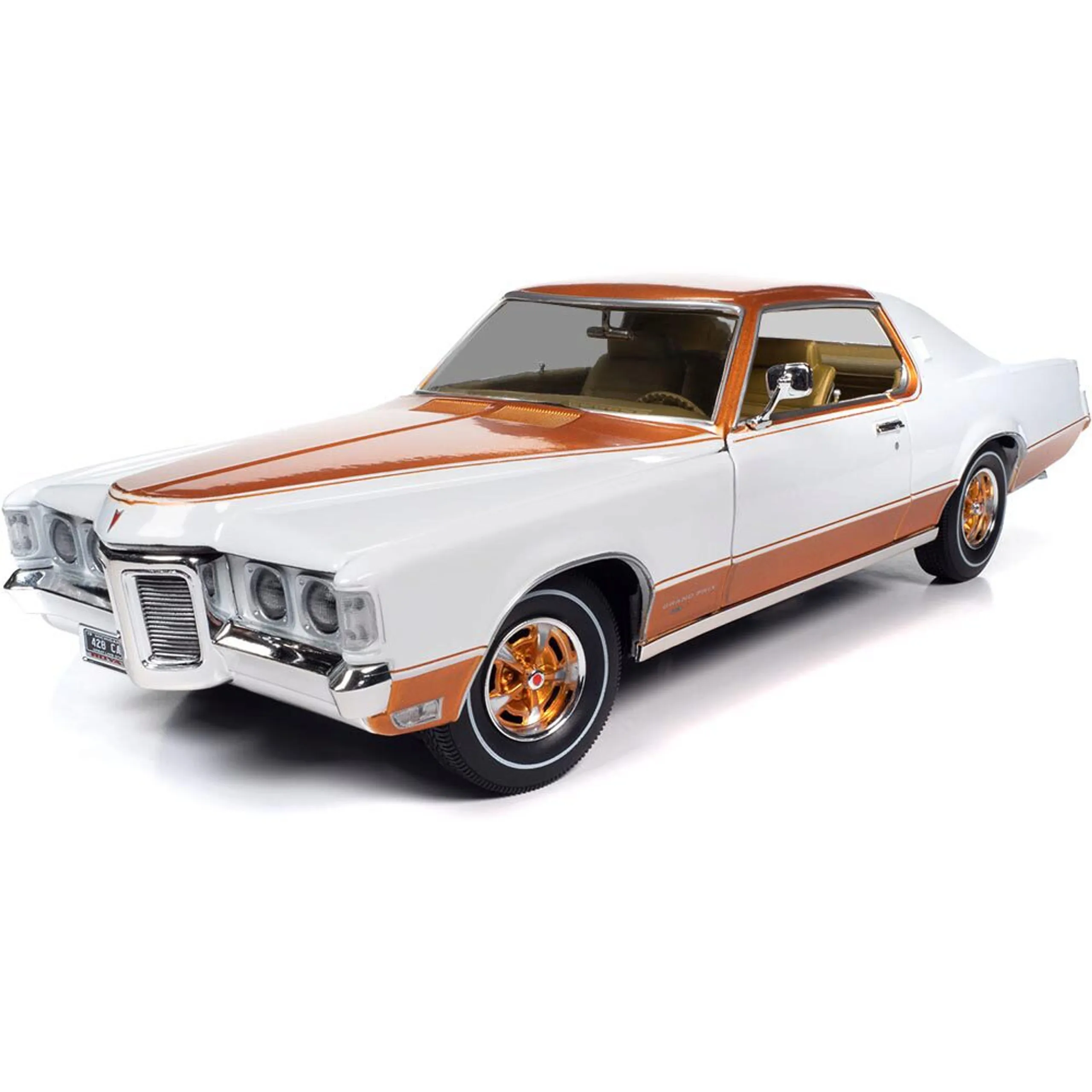
After the metal is injected, the die is allowed to cool, solidifying the metal into the shape of the car’s body and other components. Once the metal has cooled sufficiently, the die opens, and the casting is ejected. This process is repeated thousands of times, allowing for mass production while maintaining high levels of accuracy and detail. The cooling phase is critical to the dimensional stability of the cast parts.
Trimming and Finishing the Parts
After ejection, the castings undergo trimming to remove excess material (flashing) and any imperfections from the casting process. The parts are then cleaned and prepared for further processing, such as painting and assembly. This stage ensures that the individual components are refined and ready for the next steps in production.
Assembly of Diecast Model Cars
The assembly of diecast model cars involves combining the various components—the body, chassis, interior, wheels, and other details—to create the finished product. This phase requires precision and craftsmanship, with workers carefully fitting and attaching each part. The assembly process varies depending on the model’s complexity and features.
Painting and Detailing
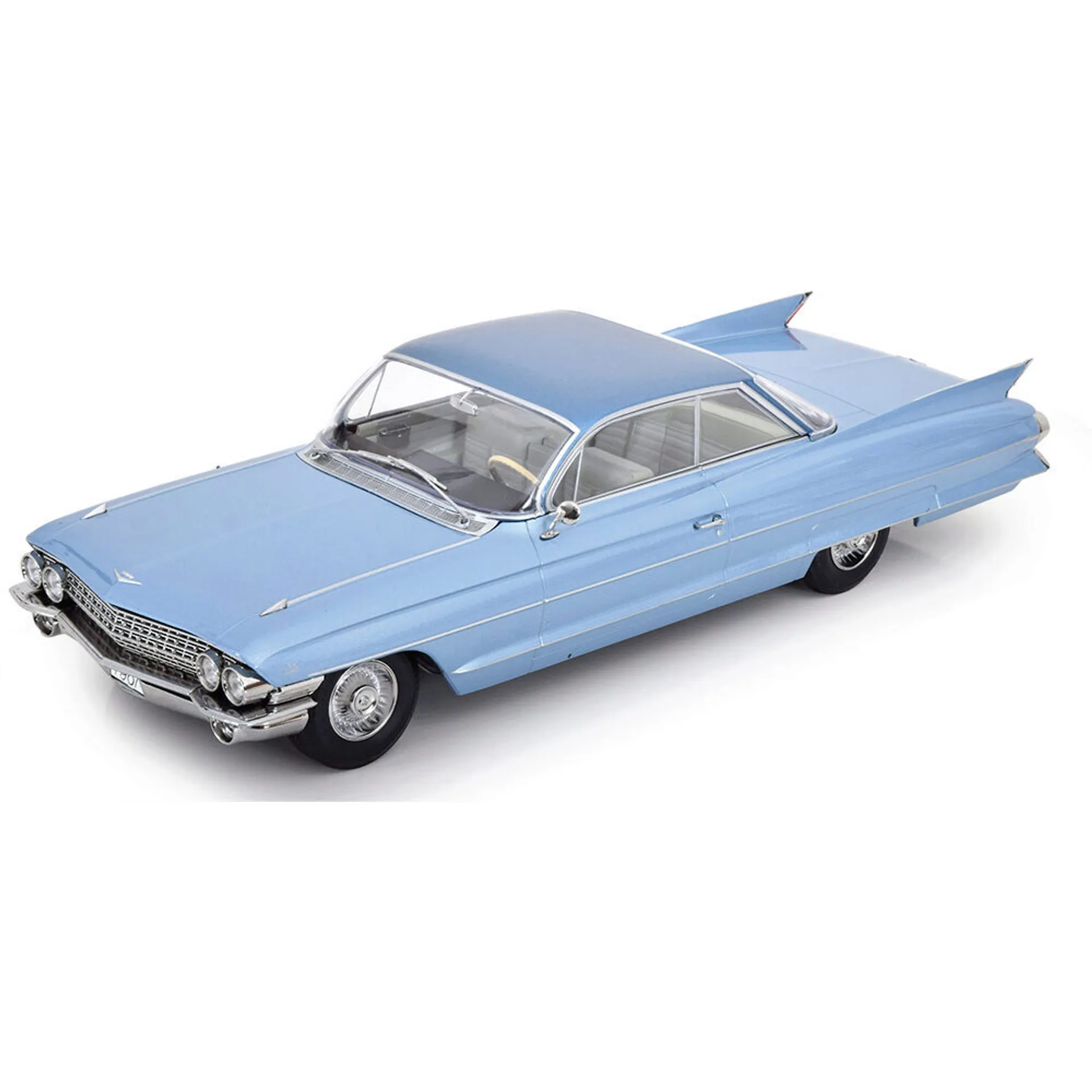
Painting and detailing are crucial steps in giving diecast model cars their realistic appearance. The body of the car is typically painted with several coats of automotive-grade paint, followed by clear coating to provide a glossy finish and protect the paint. Detailing includes adding interior elements, such as seats, dashboards, and steering wheels, and exterior features such as headlights, taillights, and grilles. Precision airbrushing and hand-painting are often used to achieve fine details and intricate designs.
Applying Decals and Markings
Decals and markings add authenticity and further detail to diecast model cars. These can include manufacturer logos, license plates, racing stripes, and other design elements. The decals are carefully applied to the car’s surface, often using water-slide or adhesive methods. The precise placement and quality of the decals contribute significantly to the model’s overall realism and collectability.
Quality Control and Packaging
Quality control is a critical step in the manufacturing process, ensuring that each model meets the highest standards of accuracy and finish. Inspectors meticulously examine each car for defects, paint imperfections, and assembly issues. Once a model passes quality control, it is carefully packaged to protect it during shipping and storage. The packaging often includes display boxes and protective inserts, adding value for collectors.
The Future of Diecast Model Cars
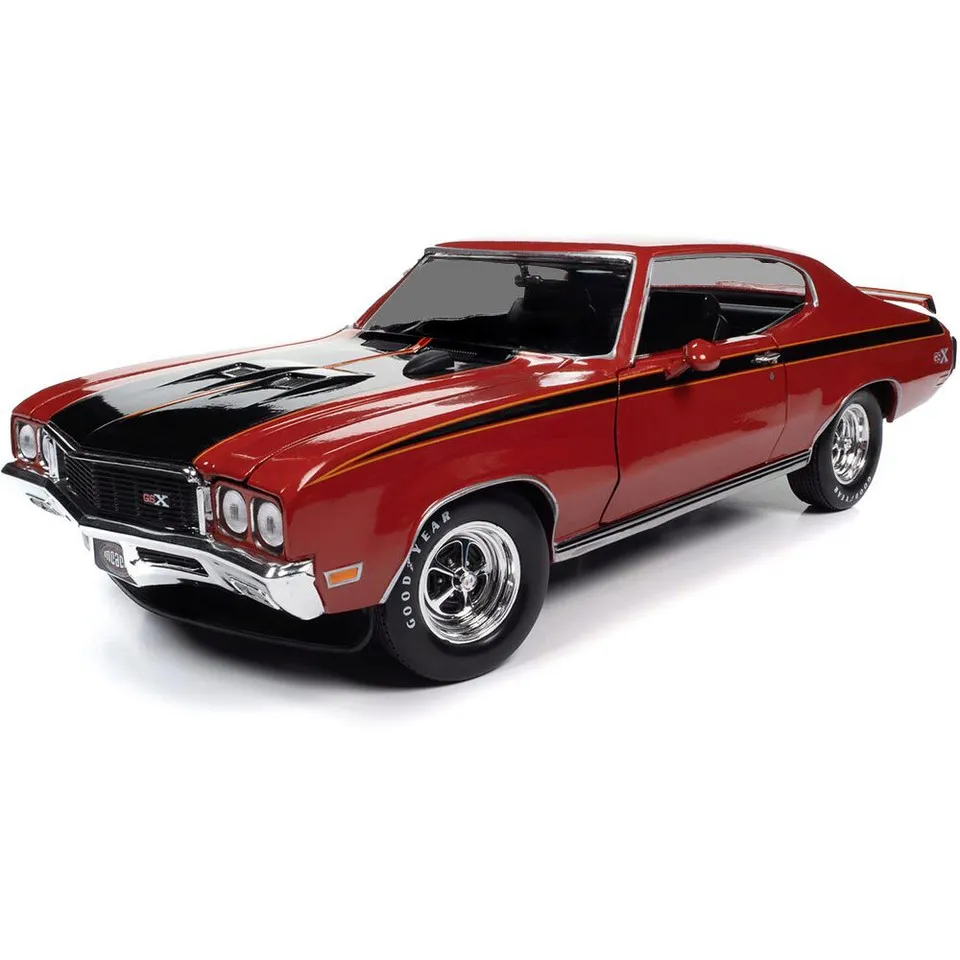
The diecast model car industry continues to evolve, driven by technological advancements and collector demand. New materials, such as more detailed plastics and advanced paint techniques, are being used to create even more realistic models. Manufacturers are also embracing digital technologies, using 3D modeling and printing to create prototypes and molds with greater precision. This will allow for more detailed and accurate models.
Trends in Diecast Model Car Production
Several trends are shaping the future of diecast model car production. There is a growing demand for limited-edition models and collaborations with automotive manufacturers. Enhanced detailing, including engine components and interior features, continues to be a focus. The use of augmented reality (AR) and virtual reality (VR) is also emerging, allowing collectors to interact with their models in new and immersive ways. Sustainability and eco-friendly practices are becoming increasingly important, with manufacturers exploring the use of recycled materials and more efficient production processes.
In conclusion, understanding how diecast model cars are made reveals a fascinating blend of art, engineering, and craftsmanship. From the initial design and die-casting process to the meticulous assembly and detailing, each step requires precision and skill. The evolution of materials, technologies, and production techniques ensures that these miniature replicas will continue to captivate collectors and enthusiasts for generations to come. The dedication of the manufacturers and the passion of collectors ensure that the hobby thrives.
